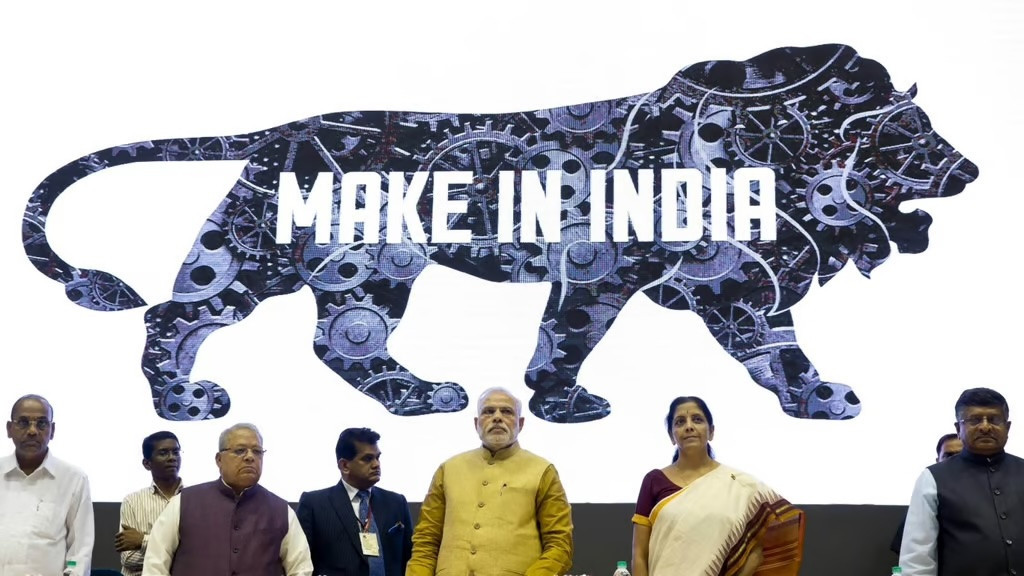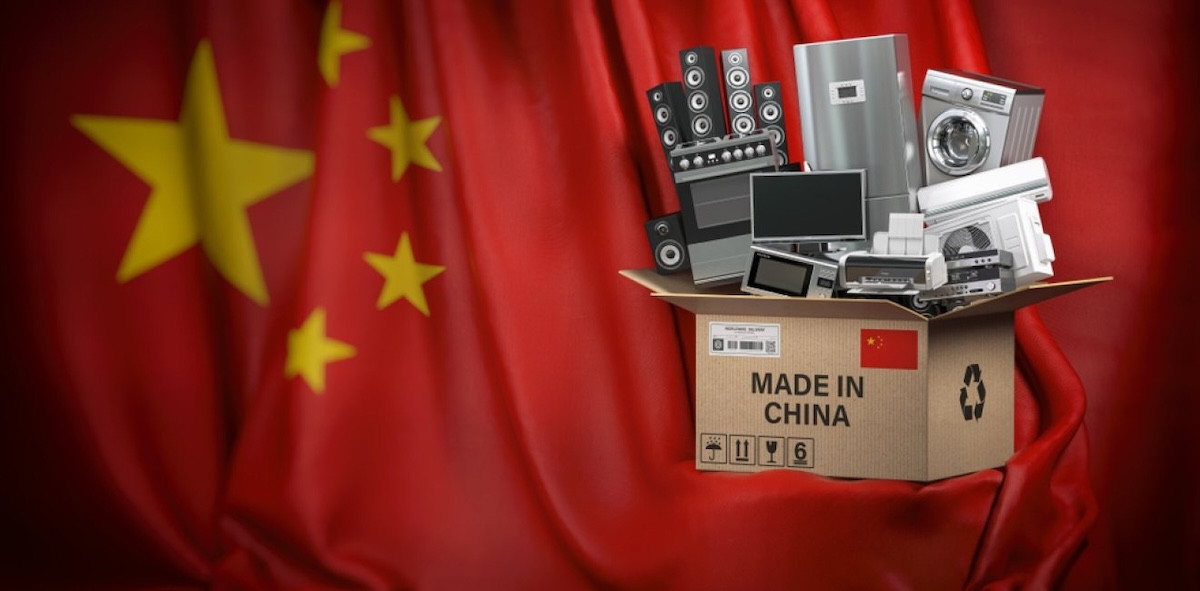The "Make in" policy has emerged as a critical economic development strategy adopted by many nations worldwide. It aims to boost domestic manufacturing, generate employment, and add value to the economy.
This policy not only demonstrates a commitment to reducing reliance on imports but also plays a vital role in enhancing the competitiveness of national industries.
Expanding domestic production capabilities

India launched its "Make in India" strategy in 2014 under the leadership of Prime Minister Narendra Modi. The initiative seeks to transform India into a global manufacturing hub, particularly in industries such as electronics, automotive, pharmaceuticals, and renewable energy.
The policy aims not only to foster domestic industrial development but also to attract foreign investment, create jobs, and increase exports.
According to The Economic Times, the "Make in India" strategy has successfully attracted billions of USD in foreign direct investment (FDI) in manufacturing, particularly in the electronics and automotive sectors.
Major companies like Foxconn, Samsung, and Tata Motors have established manufacturing facilities in India, generating millions of jobs.
Data from India's Department for Promotion of Industry and Internal Trade (DPIIT) shows that between 2014 and 2021, India attracted over $71 billion in FDI in manufacturing, a significant increase from $26 billion in the 2009-2014 period before the policy's implementation.
Deloitte India reports that the policy created approximately 1.2 million jobs in manufacturing from 2014 to 2020. Key industries, including automotive, electronics, pharmaceuticals, and defense, have experienced significant growth, with the automotive sector thriving particularly well.
As of early 2024, India ranks as the world's third-largest automobile manufacturer, with major players like Tata Motors and Maruti Suzuki at the forefront.
High technology at the core

While many nations work to improve domestic manufacturing, China has taken a significant step with its "Made in China 2025" initiative, launched in 2015. This strategy aims to position China as a leader in high-tech manufacturing.
The Chinese government focuses on industries such as robotics, drones, electric vehicles, and pharmaceuticals.
"Made in China 2025" involves substantial government subsidies, heavy investment in research and innovation, and policies requiring foreign companies to transfer technology to local partners when accessing the Chinese market.
According to The Wall Street Journal, this strategy has bolstered the production of high-tech goods and increased localization in industries like electronics, automotive, and medical equipment.
Chinese firms such as Huawei and BYD have become global leaders in their respective fields, thanks to policies supporting domestic manufacturing.
China’s spending on research and development (R&D) is rapidly approaching the average levels of the 38 developed nations in the Organisation for Economic Co-operation and Development (OECD).
Jeongmin Seong, a partner at the McKinsey Global Institute, notes that China now accounts for 34% of global manufacturing output by value, up from 19% in 2010. In 2024 alone, China installed more industrial robots than the rest of the world combined.
Moreover, China has made significant progress in replacing foreign-made industrial components with domestic alternatives. According to research firm Gavekal Dragonomics, the share of manufacturing imports in China’s GDP fell from about 10% in 2016-2021 to 8.5%.
Foundations for sustainable green economies

Unlike India and China, the European Union (EU) does not have a specific "Make in" policy. However, the EU has adopted strategies aligned with the core principles of such initiatives, focusing on innovation, digital transformation, and green growth.
For instance, the EU has implemented the European Industrial Strategy to drive innovation, encourage digitalization, and promote green transformation while enhancing the competitiveness of its industries.
The goal is to enable European companies to lead in strategic sectors such as high technology, renewable energy, electric vehicles, and sustainable manufacturing.
Policies such as Industry 4.0 and the European Green Deal support advancements in automation and artificial intelligence while promoting clean production and reducing greenhouse gas emissions.
EU Observer highlights that the EU’s primary focus is to develop smart, energy-efficient, and environmentally friendly manufacturing systems. These efforts not only enhance the EU's industrial base but also align with global sustainability goals.
By concentrating on digital and green manufacturing, EU member states can create high-value products while reducing dependence on natural resources.
In Vietnam, the "Make in Vietnam" initiative, introduced in 2019, encourages Vietnamese businesses, including digital technology enterprises, to expand globally, accelerate digital transformation, and elevate Vietnam’s position in the global value chain.
The Vinh